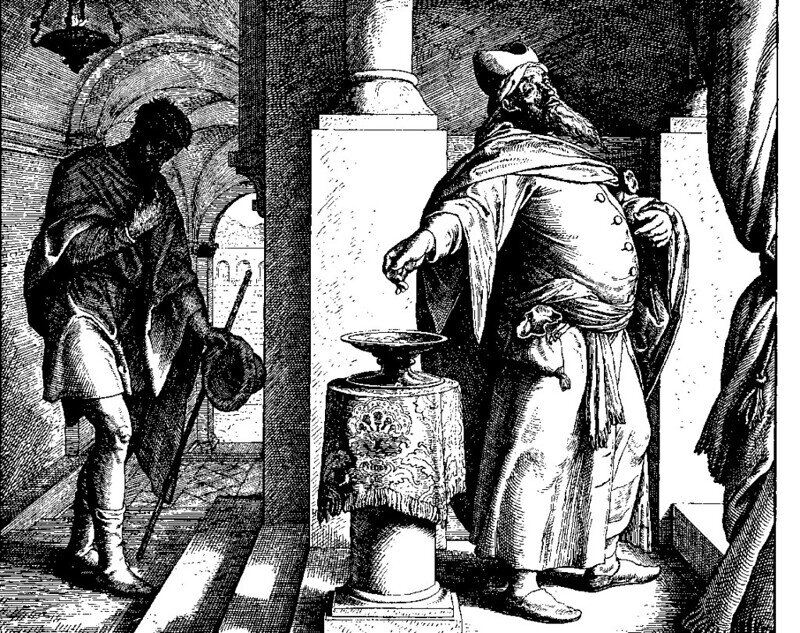When John the Baptist saw Jesus, he called him the Lamb of God. What did he mean by this statement? Why did it draw his disciples from himself and to Jesus? How can this strange statement affect us today? Listen now to hear what Father Jeremiah teaches us from this passage.
Image: Behold the Lamb of God, by Lawrence OP (CC BY-NC-ND 2.0). No changes made. Statue of John the Baptist pointing to the Lamb of God is located in Fribourg. Image Location: https://www.flickr.com/photos/paullew/12028234743




















